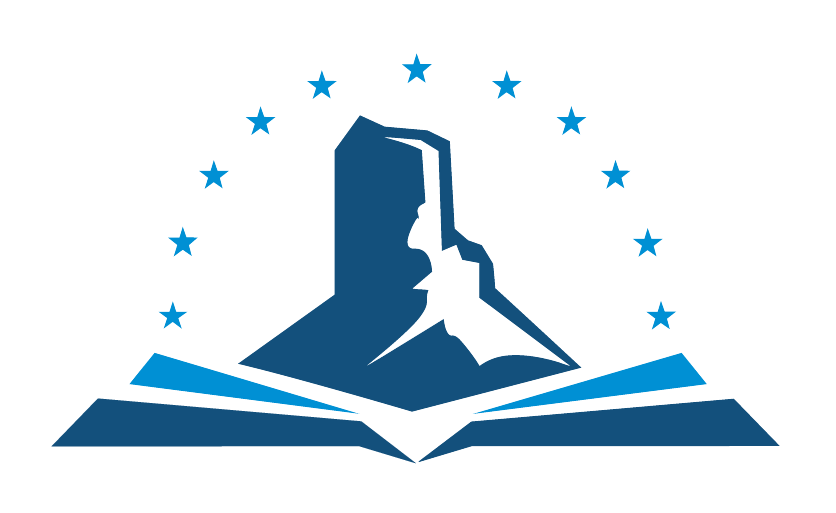While schools are all about academics, behavior at the school is a priority too. Without good manners and proper behavior, it can be difficult to educate children.
This year, Wellington Elementary has been setting its sights on improving student behavior by creating and implementing a program that educates, supports, and rewards students. Principal Stacy Basinger stated, “Each year, we ask for stakeholder input on what can be done to improve our school. That includes not only students, but parents and staff as well. We review through the surveys line by line and read the feedback. When we reviewed the surveys submitted in the spring, we clearly discerned from those surveys that students felt that there was an inconsistency in how procedures were being followed in terms of consequences and rewards for behavior. There was concern about how it differed even in classrooms from the teacher to the aide in that setting. It was obvious there was frustration about that. We knew from the data, we needed to develop a school-wide behavior plan.” Basinger said that it is important that the adults in the building understand the expectations for students and issues need to be dealt with in a fair and even manner. She said the staff examined every situation from what happens in the lunch room to the classrooms and how problems are handled. After the teachers collectively clarified the expectations for school-wide procedures and expectations, a plan was created for educating the entire staff. There was a priority focus related to how to teach the kids about what their behavior should look like so they could make successful choices. Within the plan, when a student is struggling, there are opportunities to reach out to the parents and seek their input to address their student’s struggles.
“In creating that school wide expectation, we also created a tracking system for behavior as well,” stated Basinger. “We did not want a system that just concentrates on negative. We wanted positive incentives as well. We are recognizing kids for making good choices. The students earn tokens for positive behaviors, and they bring the token to the office to report who gave them the token, where they were at when they received it, and the positive behavior they chose to demonstrate. The students have been very receptive to this, and our secretary and I enjoy hearing all the positive reports.”
She said the program has led to commonality in terms of behavior discipline, in that now the aides have as much responsibility and authority to take care of situations students may be involved in.
“The students can’t say ‘You’re not my teacher, so I don’t have to listen to you,’” she pointed out. “Students now know it doesn’t matter which adult is there, they are looking to reward students, but they are also able to give them a little lesson or directive if needed. Everyone has the same authority. We now have a plan for when a student is struggling with certain situations, and what we can be done to alleviate the problem. We have clear steps on how we are going to educate them and help them chose a better path.”
She explained, “Of course we have situations of negative behavior choices, but the number of students that have chosen to make repetitive negative choices is very low for the school. I couldn’t have reported that in years past. Students, even students that choose to repeat negative behaviors, know the expectations, know that we will work with them to support better choices, and know that choices result in consequences- both positive and negative.”
She said the school has built a component to be more proactive with parents this year on behavior situations as well. “For those students that continue to have problems, we involve the parents to ask for their suggestions,” she said. “It starts with a phone call, but then if necessary, we involve them in a meeting so as a team we can create a plan to support better behavior choices.”
“We are using data to make decisions,” she stated. As part of the school-wide behavior goal, each quarter the staff reviews the behavior data, both positive and negative situations, and focus areas for the following quarter will be determined. The goal is to increase positive behavior and recognition by 10 percent and to reduce negative behavior choices by 10% each quarter.
“To better support our documentation of both positive and negative behaviors, we are implementing a database program called Hero K-12.” The program is accessible to the staff through an app on a phone or through a website. Information is immediately available, so no one has to go track down a teacher for reference. With this change, the staff can support a student more quickly with the necessary actions.
“Our new school behavior plan has brought clarity to our staff, students, and parents.” said Basinger. “It maps out exactly how we can best help students with a focus on educating and supporting them to make better behavior choices. After our first quarter data analysis of our behavior data, we know we are heading in the right direction from the feedback and “feeling” we have at our school. We’re excited to study our stakeholder survey data this year, and see how we can improve even more."



